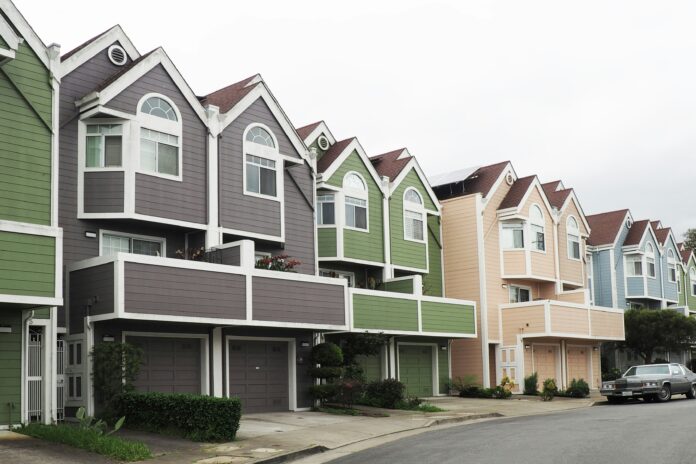The American housing market is in a state of inertia, with 82% of Americans saying it’s a bad time to buy a house—a sentiment more pessimistic than any recorded since tracking began. Even during the 1980s, when mortgage rates reached a punishing 18%, the negative sentiment peaked at 79%. Today’s figures, just below the cycle peak of 88%, reflect the deep disillusionment of potential homebuyers.
The data points to a clear culprit: cost and affordability. Mortgage payments relative to income are at record highs, and while mortgage rates play a role, it’s the sky-high home prices that are keeping buyers on the sidelines. The disconnect between perceived value and current pricing is stark. Many buyers are still anchored to the notion that homes priced at $600,000 should really cost $400,000, and no amount of small rate changes or incremental wage growth has shifted that perception.
This dissatisfaction is more than anecdotal. Historical data shows a near-perfect correlation between mortgage affordability and buyer sentiment over the past 50 years. When mortgage costs spike relative to income, sentiment plummets; when costs decline, optimism returns. Yet this cycle has broken the norm, with sentiment sinking even deeper than affordability metrics alone would suggest. The inflated nominal home prices appear to have a psychological grip on buyers, deterring them from the market entirely.
The result? Mortgage applications for home purchases have plummeted to levels not seen since 1994, down 50% from pre-pandemic numbers. Demand has remained stagnant for the past 18 months, creating a massive standoff. Buyers have checked out, unwilling or unable to meet sellers’ high expectations. Sellers, however, remain steadfast, pricing their homes at levels that many perceive as untenable.
This deadlock has created the weakest market for housing transactions in decades. Low inventory during the pandemic allowed sellers to keep prices high despite dwindling demand. But the tide may be turning. Active listings nationally are nearing pre-pandemic levels, sitting just 21% below those highs. In some regions, they’ve even surpassed pre-pandemic levels. As inventory rises, the leverage sellers once held is slipping.
For now, the market resembles a game of chicken. Buyers are waiting for prices to fall to what they consider reasonable levels, while sellers hold firm, banking on the idea that demand will eventually rebound. However, with inventory steadily climbing and affordability concerns showing no sign of abating, time may be running out for sellers to dictate terms.
This standoff is reshaping the housing landscape. The days of feverish bidding wars and rapid appreciation are fading, replaced by a market characterised by stagnation and reluctance. Buyers are willing to wait, and sellers may soon have to adapt—or risk being left with properties that linger unsold in a market that’s no longer willing to meet their price tags.


